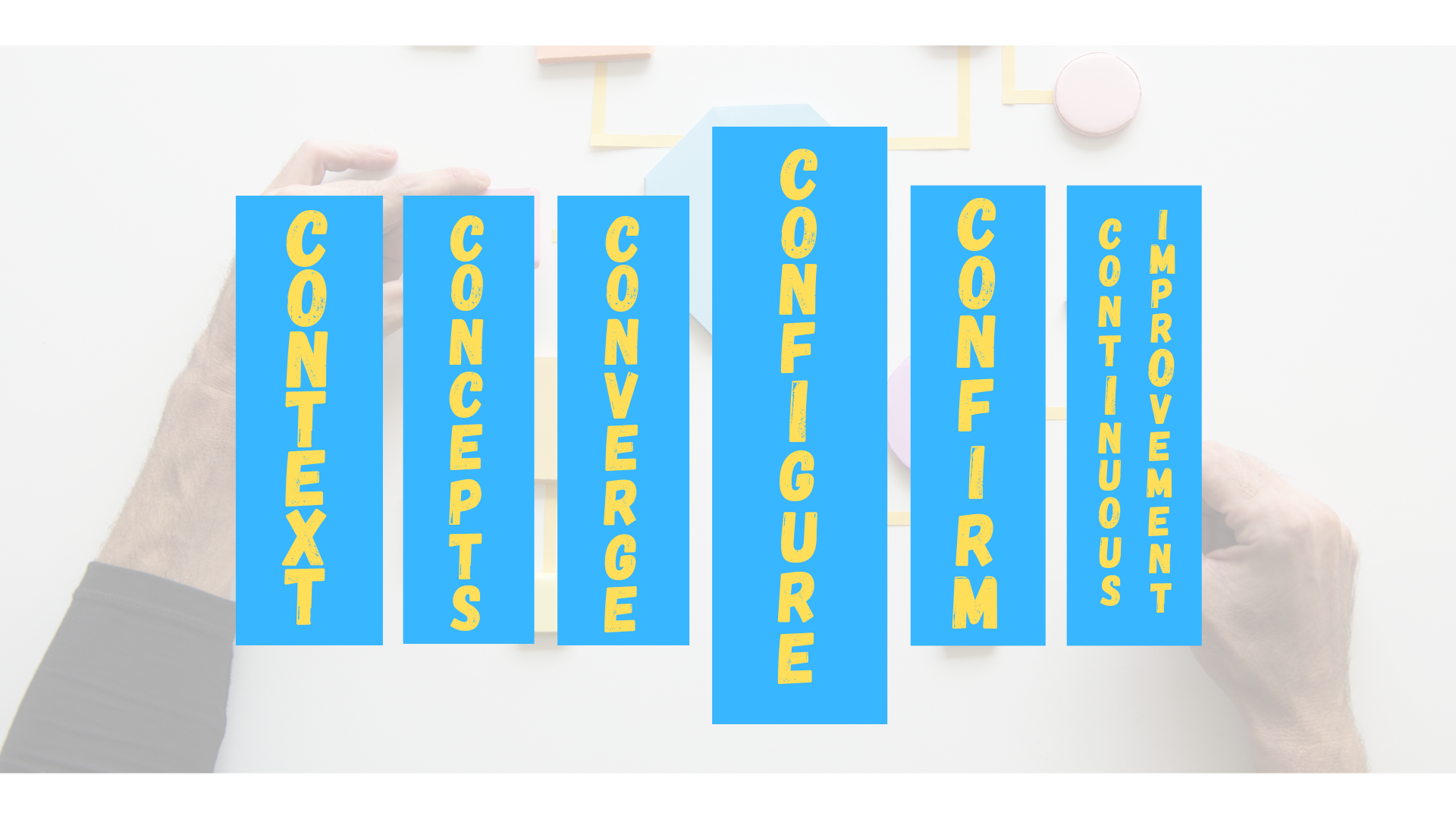
A modern HR department must offer a dynamic work partnership
OPINION – The digital revolution has forever changed the nature of employment: today's workers have more choice and employers competing for them than ever before. It's about time our approach to HR reflected that.
Words: Boaz Tamir, President, Israel Lean Enterprise
I clearly remember how happy I felt when the Head of Recruitment told me, "Congratulations – you've been selected to join the family! Only the best make it to the end of this process." The next day, I received my contract, which I looked over quickly. It included a NDA, a secrecy clause and a provision committing me to not work for the firm's competitors, along with a series of prohibitions and sanctions, all worded in threatening legalese.
I was particularly uncomfortable with one sentence:
"The employer may, without any defined reason, and without being required to supply any explanation... terminate the employee's employment."
The Head of Recruitment promised me that this was standard in the company's contracts. "You know, it's just a request from our legal department," he told me. I didn't want to risk losing the opportunity over such an unimportant clause I signed. Then, after a successful term of employment, and without any warning, the employer activated the clause in the contract and fired me.
All of a sudden, the "welcome to the family" slogan felt pretty ridiculous.
As I look at young workers today (we call them Generation Y and Generation Z), I see knowledgeable professionals leading value creation in the businesses they work for, and expecting to enjoy the fruits of their labor. Competition among employers over professional information workers is getting fiercer by the day, creating a new labor market offering a wide range of possibilities for the most talented. Businesses that are keen to keep a traditional HR mindset are caught between their old ways, their dependence on unique knowledge and the difficulty of keeping people in their jobs after they gain experience. In certain industries, an employee threatened with unjustified termination can expect to receive an offer from a competitor on the same day.
Standard employment contracts are still based on the assumption that the employee is dependent on the employer and therefore owes him gratitude, but what companies often don't take into account is the fundamental changes the marketplace has undergone. In the current environment, the intellectual property of the company actually belongs to the skilled workers, no matter how Draconian the contracts they sign might be. Indeed, knowledge, talent and skills are personal assets and a source of strength for employees, and their dependence on employers or unions has decreased significantly. The balance of power is changing, and people expect to be partners with their employers.
The knowledge of an experienced employee – whether a programmer, a designer, an engineer, a physician, or an accountant – is the result of a course of professional training and a series of positions, each of which representing a stepping stone to the next role in his or her career. In fact, the marketplace for skilled workers is similar to the market for professional athletes. A professional soccer player builds his career by playing on a team for a given period of time, which can change during pre-determined windows of transition. Professional clubs build their assets by combining local academy development (youth groups) with scouting for players, whose talents suit the club's and the manager-coach's strategy. Soccer/football teams like British Southampton or Dutch Ajax have developed a business model based on training schools for the young, which serve as incubators for high-level, world-class players – and as a source of income. In the same way, strategic consultancies, accounting firms, and legal firms, for example, have become incubators for managers.
The digital revolution has irrevocably changed the nature of employment, along with its future outlook and the relationships it fosters. The trend of business relationships that developed during the last quarter of the 20th century saw organizations (including Toyota) promising their workers life-time employment, whereas in the current, very fluid labor market people want to have the opportunity to move on to pastures greener at any time. And they often do. Much like customers, employees have never had more choice.
In this context, organizations must learn to offer dynamic working relationships, learning opportunities and career development that reflect the evolving nature of the market. They need to be prepared for time-limited partnerships and for contracts that entail the completion of individual value-creating tasks. This model, based on trust and a clear understanding of mutual interests, is better suited to managing the human resources of today than any traditional approach.
THE AUTHOR

Boaz Tamir is founder and president of Israel Lean Enterprise. He has extensive experience in entrepreneurship, turn around processes, company management, and academic research, and has contributed his knowledge to the business development and marketing of some of the largest and most successful organizations in Israel. Tamir is a founding and managing partner of Montefiore Partners Venture Capital Fund and has also served as founder and director of Romold Group, a multinational company specializing in environmental technologies and the development and production of infrastructure products for water and waste-water management and telecommunication. Tamir holds a Ph.D. in Political Science and Management from MIT.
Read more


FEATURE – Developing new products faster than our competitors can make or break a company. The authors share three strategies to reuse our engineering knowledge and build a competitive advantage.


FEATURE – Leading by solving problems is a key trait of any lean leader, but it is important to understand that not all problems are their prerogative.


INTERVIEW – Overburdened and worn out? Visualizing your tasks using Personal Kanban can help you make sense of a busy schedule and reduce your stress, says Jim Benson.


SERIES – The authors discuss the fourth of six elements in their 6CON process development model – CONfigure – refining the selected process concept to maximize value-added activities.

